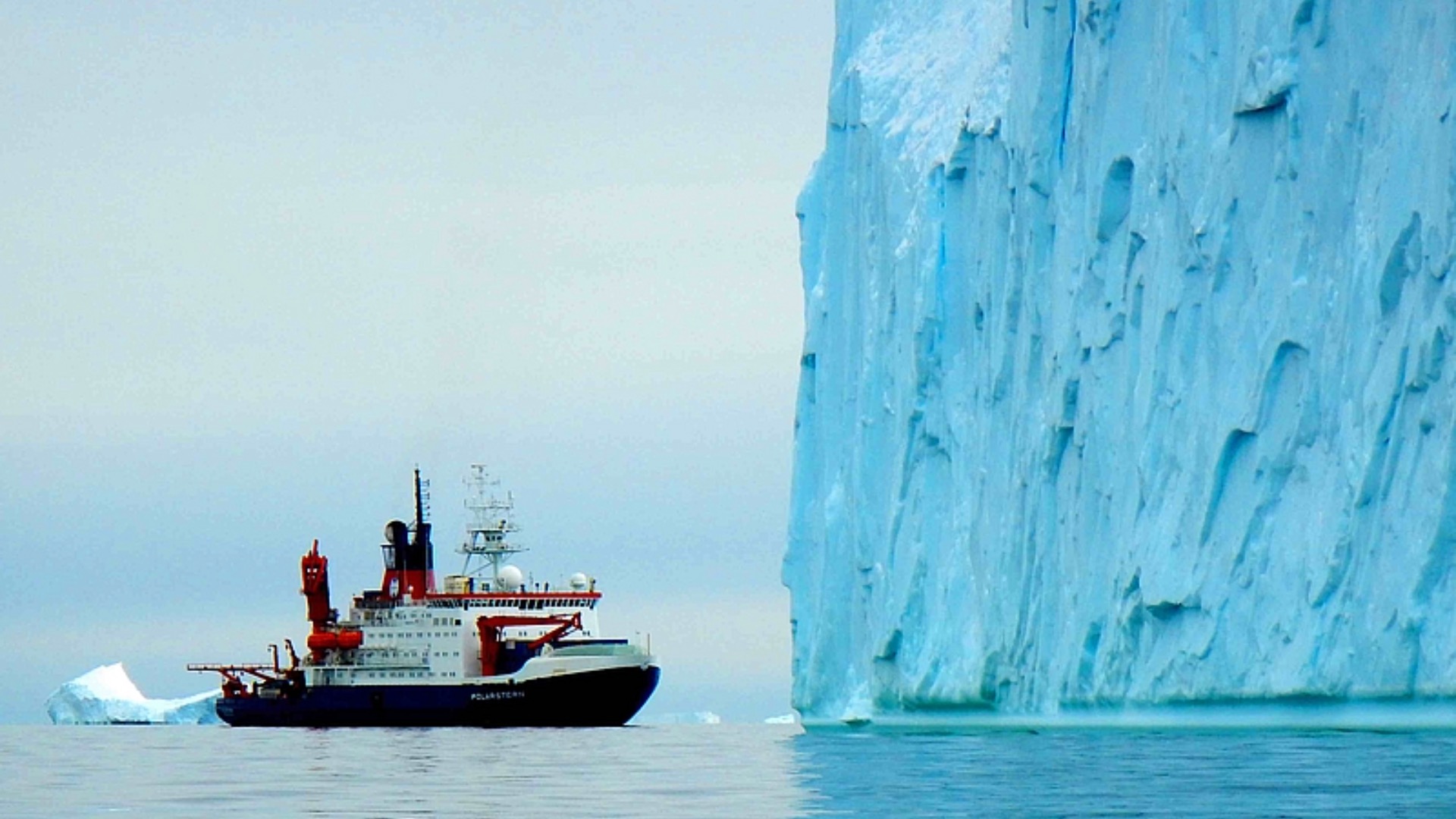Millions of years ago, Antarctica looked very different from the icy landscape we know today.
A research expedition led by the Alfred Wegener Institute has uncovered a hidden secret. Geologists discovered evidence of an ancient river system by studying sediment samples from the Amundsen Sea.
This suggests that Antarctica supported a temperate climate around 34 million years ago, during which lush forests flourished and a vast network of rivers carved their way through the landscape.
Examination of sediments
Earth underwent a period of dramatic cooling between 34 and 44 million years ago. This “middle to late Eocene” period saw a drastic drop in carbon dioxide levels, forming the first glaciers on an otherwise ice-free Earth.
Scientists have long wondered how this event happened in Antarctica, a continent now dominated by ice.
Antarctica was not a lonely continent back then. Until about 100 million years ago, it was part of a massive continent known as Gondwana. As Gondwana broke up, Antarctica moved south and created its own continent.
Although it moved to the South Pole, Antarctica experienced mild climatic conditions until the end of the Eocene, about 34 million years ago.
This new study involved an international team of researchers studying minerals and rock fragments found in sediment samples from the Amundsen Sea off the west coast of Antarctica. The samples were collected during an expedition aboard the research icebreaker Polarstern.
Surprisingly, most of these minerals and fragments came from somewhere other than West Antarctica, where they were found. Instead, they point to a distant source – the Transantarctic Mountains on the opposite side of the continent, thousands of kilometers away.
According to the press release, this mountain range wasn’t always this tall. However, they have increased progressively since the late Eocene epoch.
This rise is linked to a geological feature called the West Antarctic Rift System. This division divides Antarctica into two geographical masses: East and West.
The rise of mountains
So how does all this relate to the ancient river?
The uplift of the Transantarctic Mountains created a massive amount of erosional debris, which consisted of weathered and moved rocks and minerals.
The newly discovered river system most likely moved this debris a long distance (about 1,500 kilometers) through the West Antarctic Rift System before depositing it in the Amundsen Sea.
“The existence of such a transcontinental river system shows that – unlike today – large parts of West Antarctica must have been located above sea level as vast, flat coastal plains,” said Professor Cornelia Spiegel from the University of Bremen. .
According to the press release, West Antarctica had a low topography at the end of the Eocene epoch. Despite being at the South Pole, West Antarctica was not cold enough for permanent ice sheets to form due to its low elevation.
In contrast, the mountainous areas of East Antarctica, which had higher altitudes and lower temperatures, were already witnessing the beginnings of glaciation at that time.
Researchers suggest that similar river systems exist today in places with geological features such as the West Antarctic Rift System. For example, the Rio Grande flows through the Rio Grande Rift, while the Rhine River travels through the Upper Rhine Graben.
ABOUT THE EDITOR
Mrigakshi Dixit Mrigakshi is a science journalist who enjoys writing about space exploration, biology and technological innovations. Her professional experience spans both broadcast and digital media, enabling her to learn a variety of storytelling formats. Her work has been featured in popular publications including the journal Nature India, Supercluster and Astronomy. If you have any pixies in mind, please don’t hesitate to email her.
